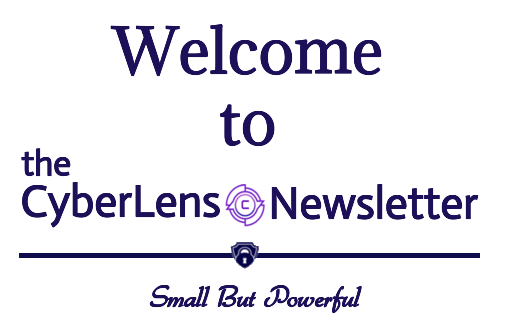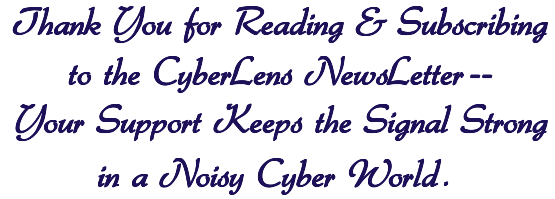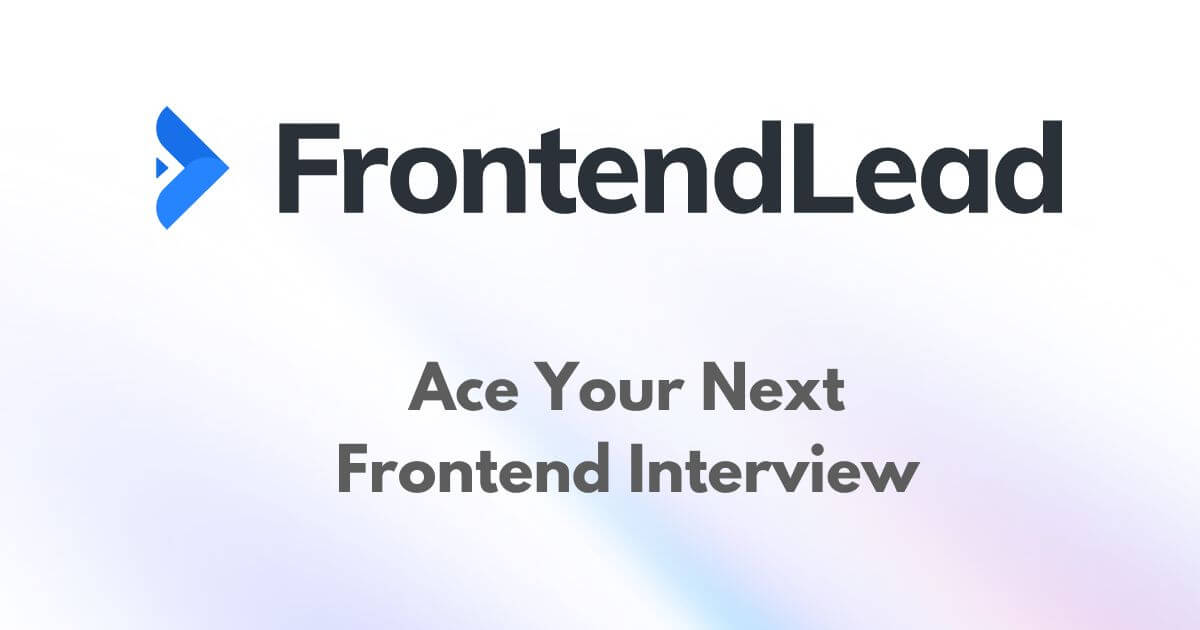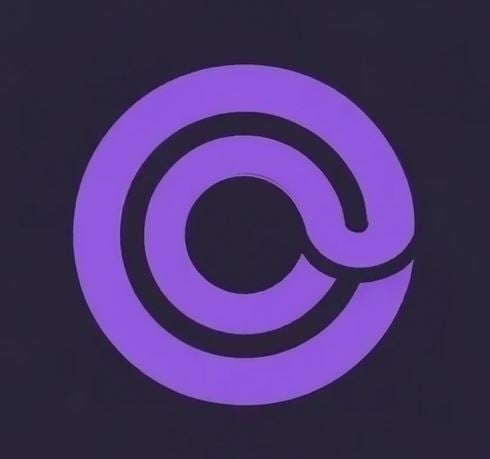- The CyberLens Newsletter
- Posts
- AI Notetakers Breach the Boardroom Wall
AI Notetakers Breach the Boardroom Wall
The Unseen Cybersecurity Perils of Letting Artificial Intelligence Listen In

Join 400,000+ executives and professionals who trust The AI Report for daily, practical AI updates.
Built for business—not engineers—this newsletter delivers expert prompts, real-world use cases, and decision-ready insights.
No hype. No jargon. Just results.

Interesting Tech Fact:
Long before AI notetakers became digital staples in modern boardrooms, one of the most sophisticated historical notetaking systems emerged in 16th-century England—the "Tironian notes" revival by English stenographers, inspired by a 2,000-year-old Roman shorthand system invented by Cicero’s scribe, Marcus Tullius Tiro. Rediscovered and adapted for parliamentary and legal documentation, this nearly lost symbolic writing system could capture speech in near real time using over 4,000 glyphs—centuries before digital transcription. It served as a secretive and efficient way to preserve critical discussions, much like today’s AI notetakers, proving that the quest for real-time knowledge capture has deep and surprisingly encrypted roots in human history.
The Rise of AI Notetakers in the Corporate World
In the age of digital transformation, artificial intelligence has crept into nearly every aspect of organizational operations. From predictive analytics to automated customer service, AI tools offer greater efficiency and innovation. Among the most rapidly adopted tools are AI notetakers—virtual assistants that automatically transcribe, summarize, and analyze meetings. Prominent tools like Otter.ai, Fireflies.ai, Sembly, Fathom, and Avoma have become embedded in conference calls, boardroom briefings, HR discussions, client meetings, and even M&A negotiations.
Their appeal is undeniable. AI notetakers promise to boost productivity, reduce human error, and help employees focus more on collaboration and less on jotting down action items. But there's a blind spot growing behind the convenience: cybersecurity.
Organizations are failing to fully assess the grave risks introduced by allowing AI to silently and persistently eavesdrop on sensitive business conversations. The very thing that makes AI notetakers powerful—ubiquitous, intelligent access to business dialogue—also makes them dangerously vulnerable.

What Are AI Notetakers and How Do They Work?
AI notetakers are voice-driven digital tools that use automatic speech recognition (ASR) and natural language processing (NLP) to transcribe live or recorded meetings. Some integrate directly into platforms like Zoom, Google Meet, Microsoft Teams, or Slack. Others operate as browser extensions or cloud-based APIs that plug into your meeting stack.
Here’s how they generally operate:
Join Meetings as Participants: AI notetakers may be visible as bot attendees or run in the background silently.
Live Transcription: Real-time voice-to-text conversion happens through ASR models, often hosted in the cloud.
Contextual Analysis: NLP models extract tasks, sentiments, names, dates, and key decisions.
Storage and Sync: Notes are stored in cloud dashboards or exported to collaboration tools like Notion, CRM platforms, or project management apps.
Learning Loop: Many AI notetakers “learn” from repeated meetings, enhancing the accuracy of future transcriptions and decisions.
This pipeline introduces a complex flow of sensitive data across multiple digital surfaces—microphones, APIs, cloud endpoints, local devices, and third-party integrations.
Why Organizations Are Eager to Adopt AI Notetakers
The business case for using AI notetakers is compelling, especially in fast-paced, remote-first work cultures:
Enhanced Focus: Employees don’t have to split attention between listening and writing.
Standardized Records: No more missed details or subjective summaries—everything is captured uniformly.
Productivity Boost: Action items and follow-ups can be automated.
Inclusion: Non-native speakers, latecomers, and absentees can catch up with meeting recaps.
Knowledge Sharing: Notes can be archived, searched, and indexed across departments.
From C-suite briefings to client calls, AI notetakers streamline communication and record-keeping. But what happens when these advantages become liabilities?

The High-Risk Cybersecurity Landscape of AI Notetakers
AI notetakers don’t just “record.” They extract, store, process, and transmit highly sensitive corporate data. This creates a multifaceted attack surface that introduces new vulnerabilities.
Unsecured Cloud Storage: Most AI notetakers rely on third-party cloud infrastructure to store audio, transcripts, and summaries. If those storage buckets are misconfigured or breached, the fallout can be catastrophic. In 2023, a report by UpGuard revealed that nearly 40% of cloud data leaks stem from misconfigured permissions—a silent killer in SaaS platforms.
Data Sovereignty Violation: Where is your data being processed? AI notetakers often use data centers in countries with lax privacy laws. This may violate GDPR, HIPAA, or other regional compliance frameworks. Companies could unwittingly expose internal communications to foreign surveillance or third-party aggregators.
Zero-Day Vulnerabilities and API Exploits: Many of these services offer integrations with other platforms like Salesforce, Notion, and Google Workspace via APIs. If those APIs are not secured or regularly patched, threat actors can exploit them to inject code, extract PII, or manipulate session tokens.
Insider Threat Amplification: A rogue employee doesn’t need a USB stick anymore—just access to AI-generated meeting notes. These records often contain passwords, internal strategies, vendor rates, and compliance discussions. AI notetakers make data exfiltration easier, faster, and less detectable.
Unclear Data Retention Policies: How long is the data stored? Who owns it? AI notetaker vendors often retain access to meeting data to train their models, even after you’ve deleted it from your dashboard. This raises concerns around data persistence and involuntary model training.

A Snapshot of Real-World Risk
In 2024, a Fortune 500 financial institution suffered a $13M data breach after an internal notetaker integration stored boardroom meeting transcripts—detailing an upcoming acquisition—on an unencrypted S3 bucket.
A mid-size law firm using an AI notetaker during confidential litigation discussions accidentally exposed sensitive client data when the notetaker service was breached through a third-party Chrome extension.
In a tech startup, a disgruntled employee exported all board meeting summaries via the notetaker’s Slack integration—bypassing DLP controls that only monitored email and USB access.

Red Flags That Your AI Notetaker Is a Cybersecurity Liability
You don’t know where the meeting data is stored
The vendor uses third-party transcription APIs without end-to-end encryption
Notes are accessible via open URLs or public dashboards
Your organization doesn’t encrypt meeting invites or links
The notetaker is integrated into multiple third-party tools, expanding the attack surface
Mitigating the Cybersecurity Risks of AI Notetakers
While the convenience of AI notetakers is transformative, organizations must not trade security for efficiency. Here’s how to balance both:
Conduct Security Audits Before Adoption
Review the AI notetaker’s architecture, storage policies, encryption standards, and compliance certifications. Ask: Does this vendor support SOC 2, ISO 27001, GDPR, or HIPAA?Limit Access and Visibility
Restrict notetaker participation to non-sensitive meetings. Mask the bot identity in invites, and disable integrations with sensitive platforms unless needed.Implement End-to-End Encryption
Ensure that all meeting recordings and transcriptions are encrypted in transit and at rest. If your vendor can’t guarantee this, look elsewhere.Set Clear Data Retention and Ownership Policies
Only partner with vendors who allow full data deletion, give clear ownership rights, and don’t use customer data for training without consent.Monitor for Unusual Data Exfiltration Patterns
Extend DLP policies to include AI-generated meeting summaries. Treat notetaker platforms as data endpoints—because they are.Educate Staff and Set AI Usage Boundaries
Train employees on what is acceptable to discuss when AI notetakers are present. Limit discussions about IP, credentials, or regulated data.
🛡️ Proactive Cyber Hygiene
Organizations should classify AI notetakers as active data agents, not passive tools. Their risk profile must be integrated into the enterprise cybersecurity model.

The Benefits Still Matter—But Not at the Cost of Security
No one is arguing that AI notetakers should be banned outright. They offer tremendous productivity gains, knowledge documentation, and operational fluidity. However, trust must not be blind. A moment of convenience should never lead to months of forensic investigation, data breach disclosures, or regulatory fines.
Security-minded adoption is not just possible—it’s necessary. Tools like Fireflies.ai's Enterprise Security overview, Sembly’s GDPR compliance page, and Otter.ai’s Security & Privacy center can be useful starting points to evaluate a vendor's integrity.

Final Thought
Letting AI into the room means opening the door to silent surveillance. As organizations embrace automation, they must evolve their understanding of threat vectors. AI notetakers are not just smart assistants; they’re recorders, data processors, integration hubs, and potentially, vulnerabilities.
In cybersecurity, silence isn’t golden—it’s exploitable.

Would you like to continue securing your AI-first workplace? 🛰️ Subscribe to The CyberLens Newsletter and stay ahead of emerging threats, evolving standards, and next-gen security practices.








